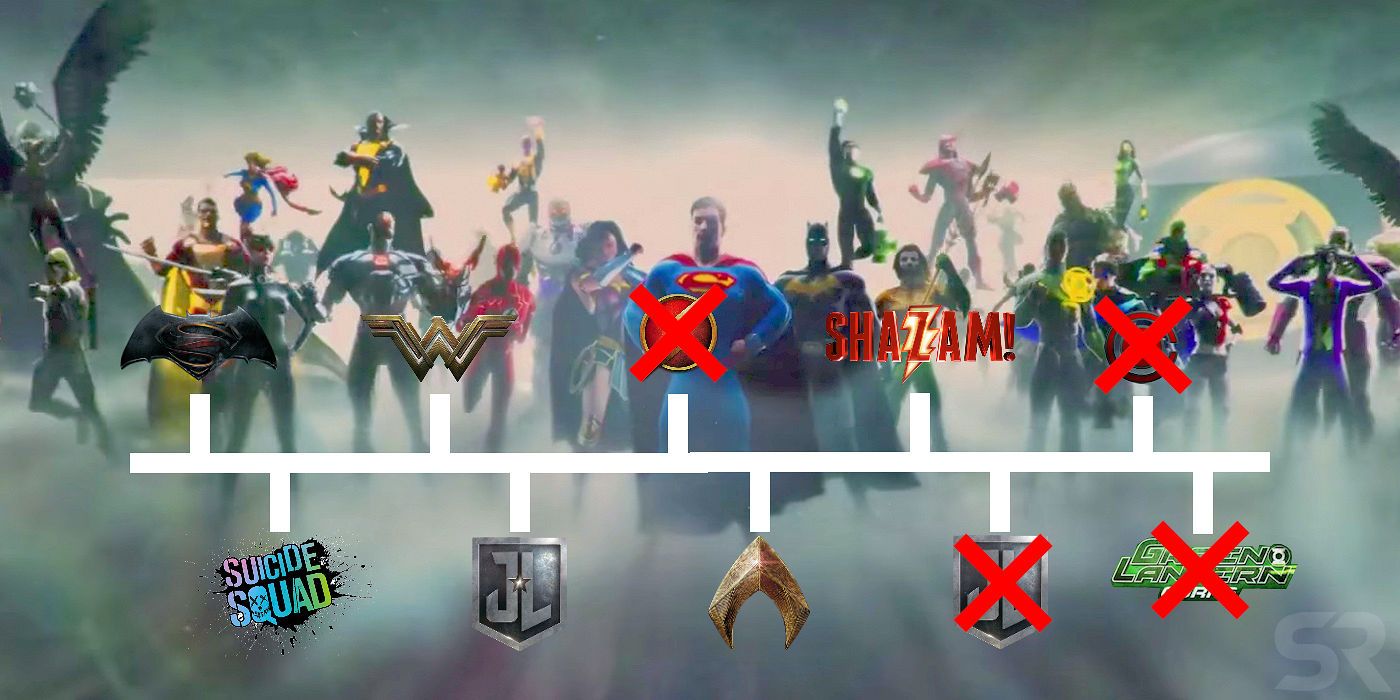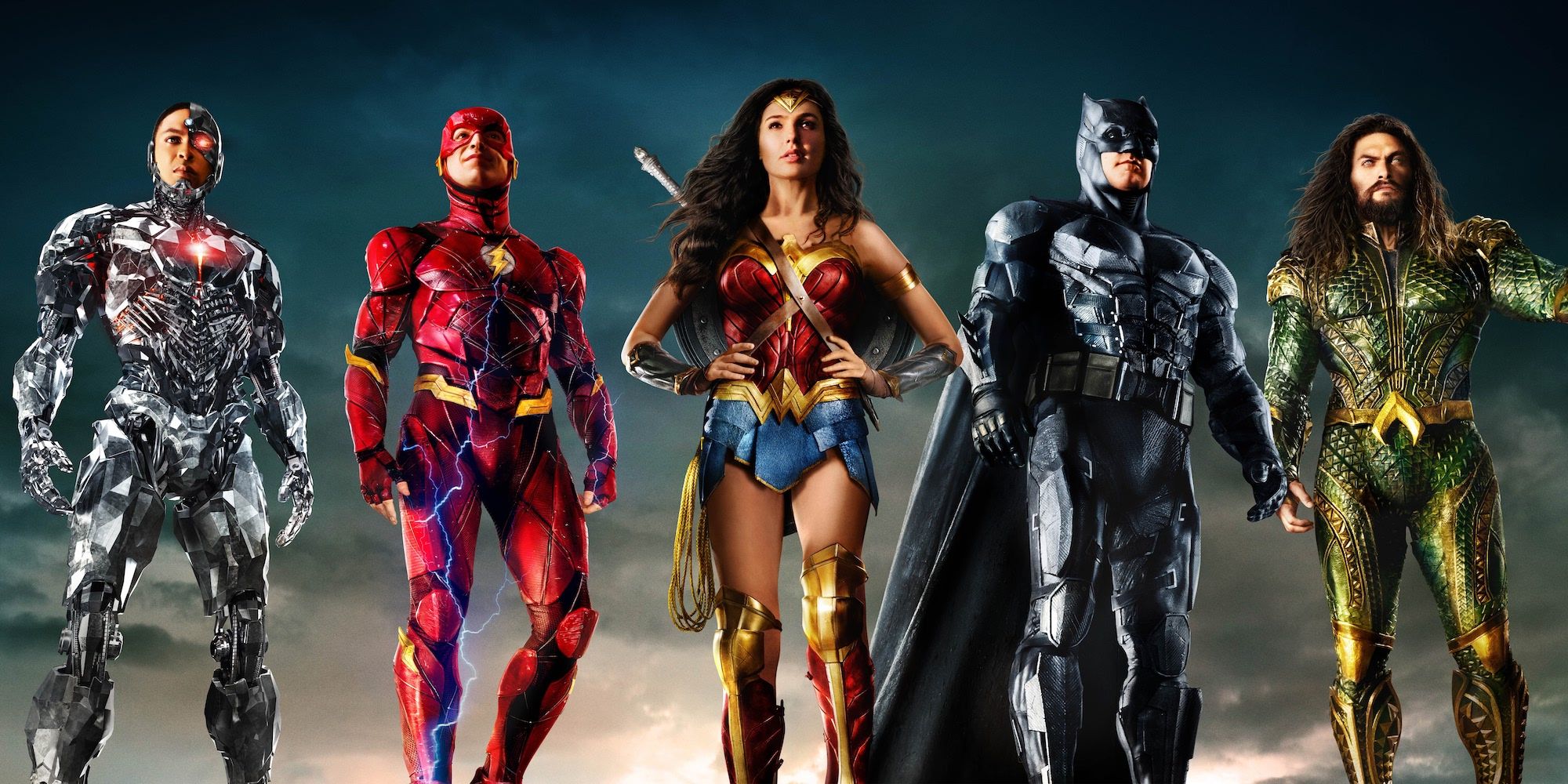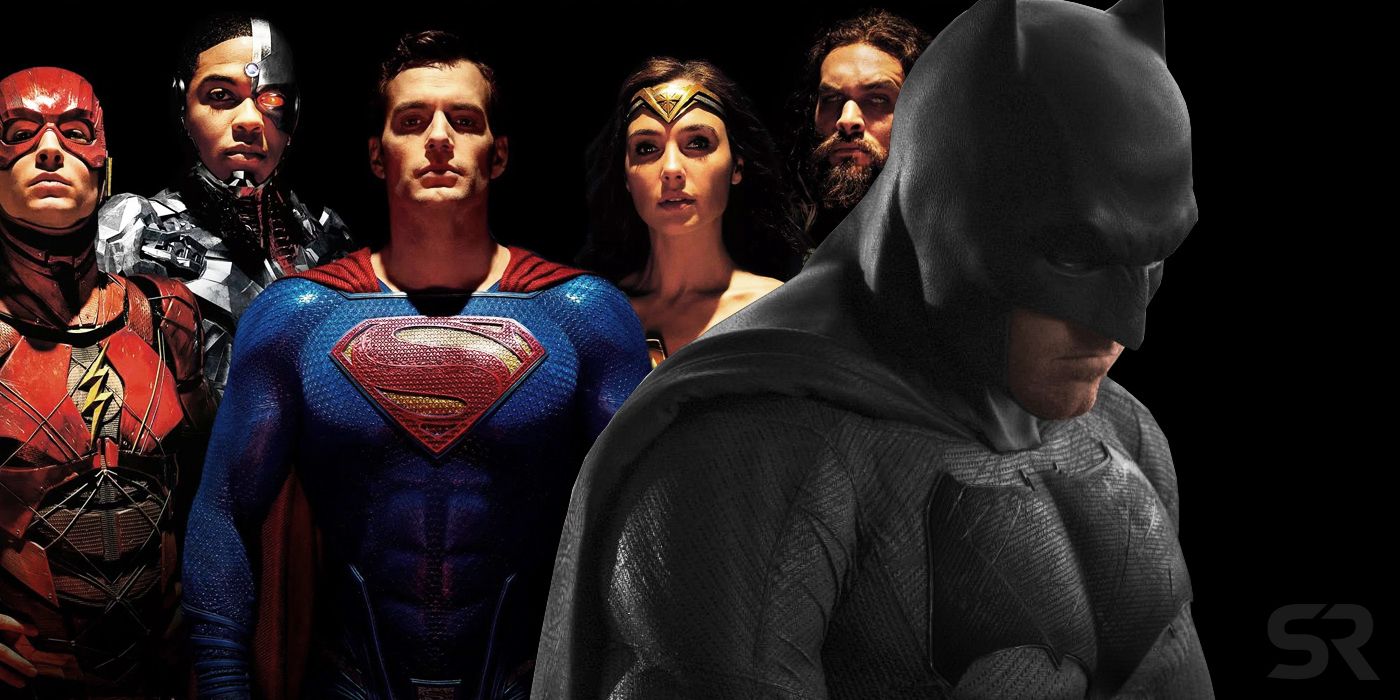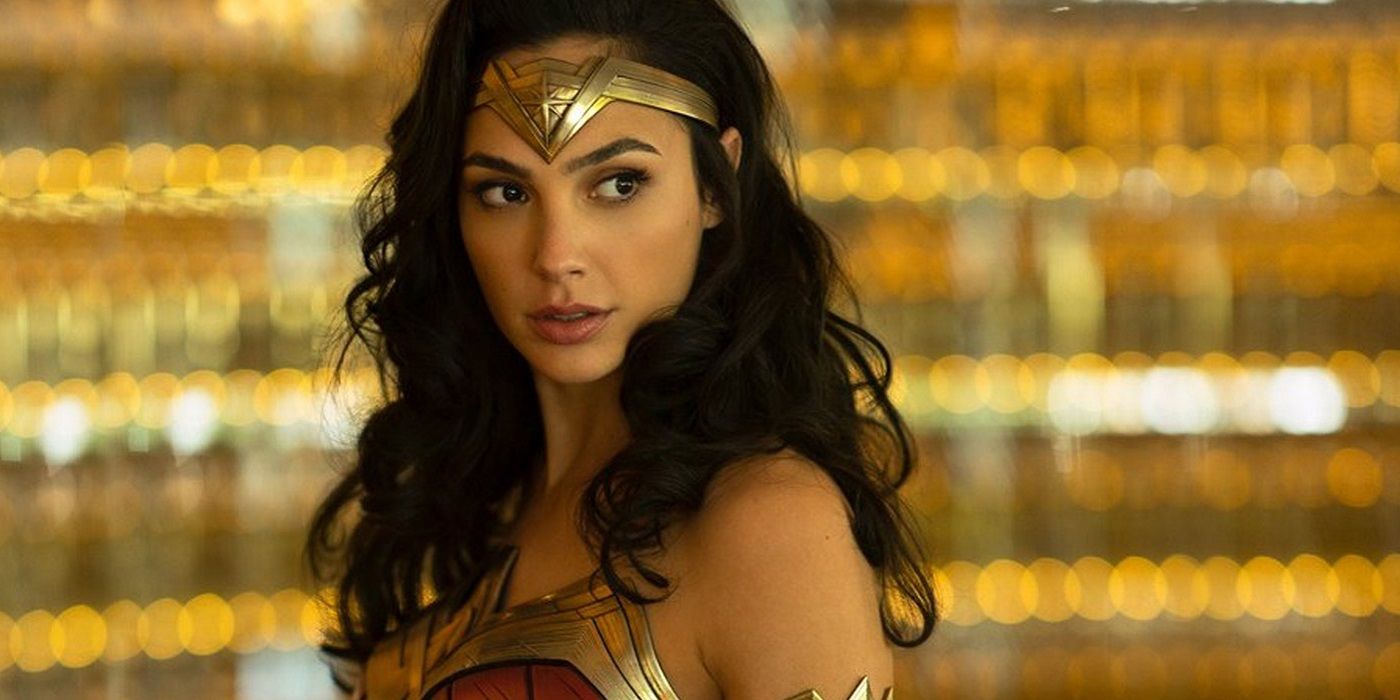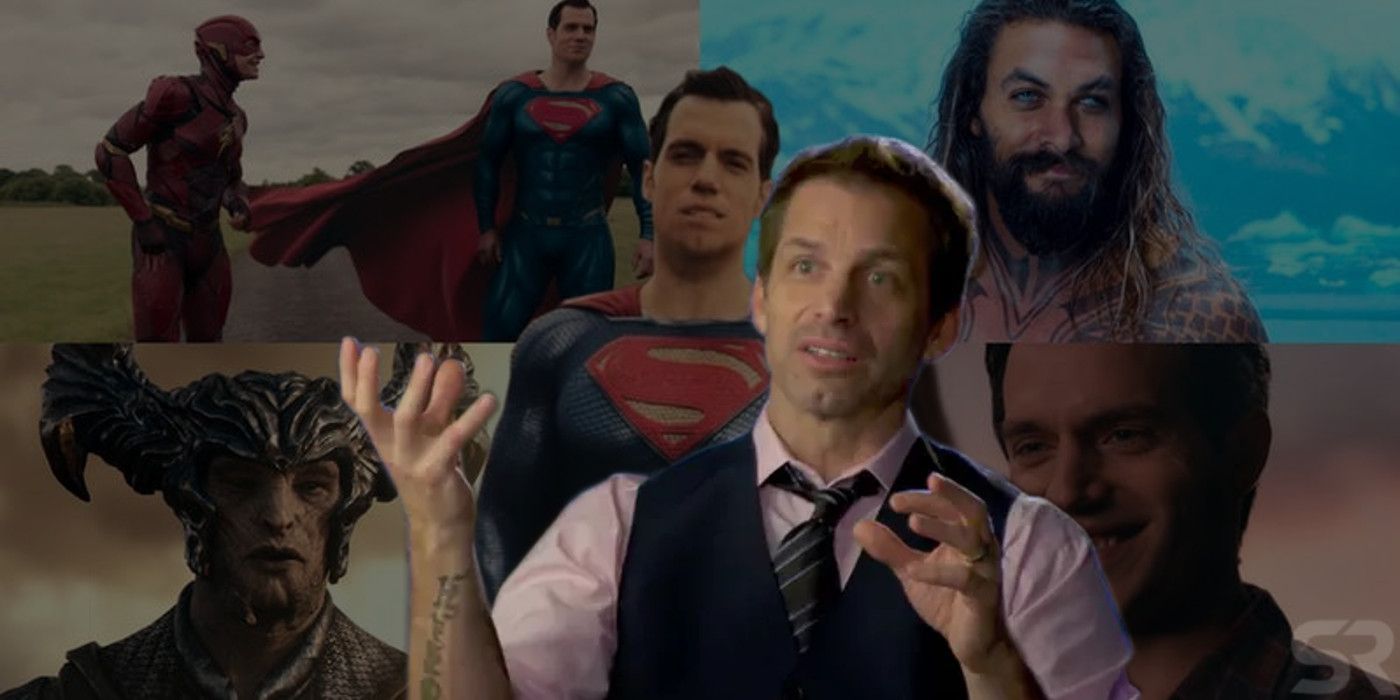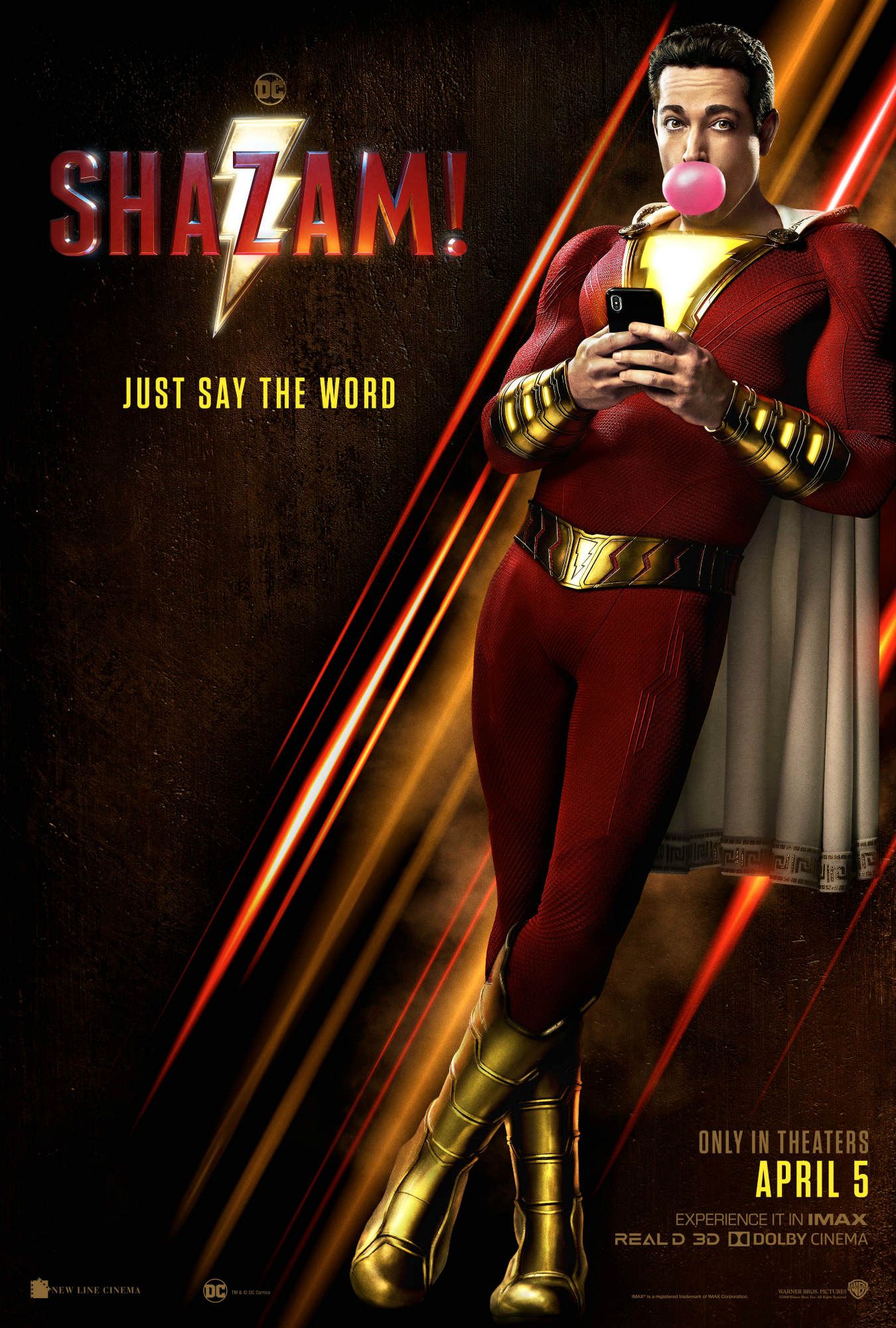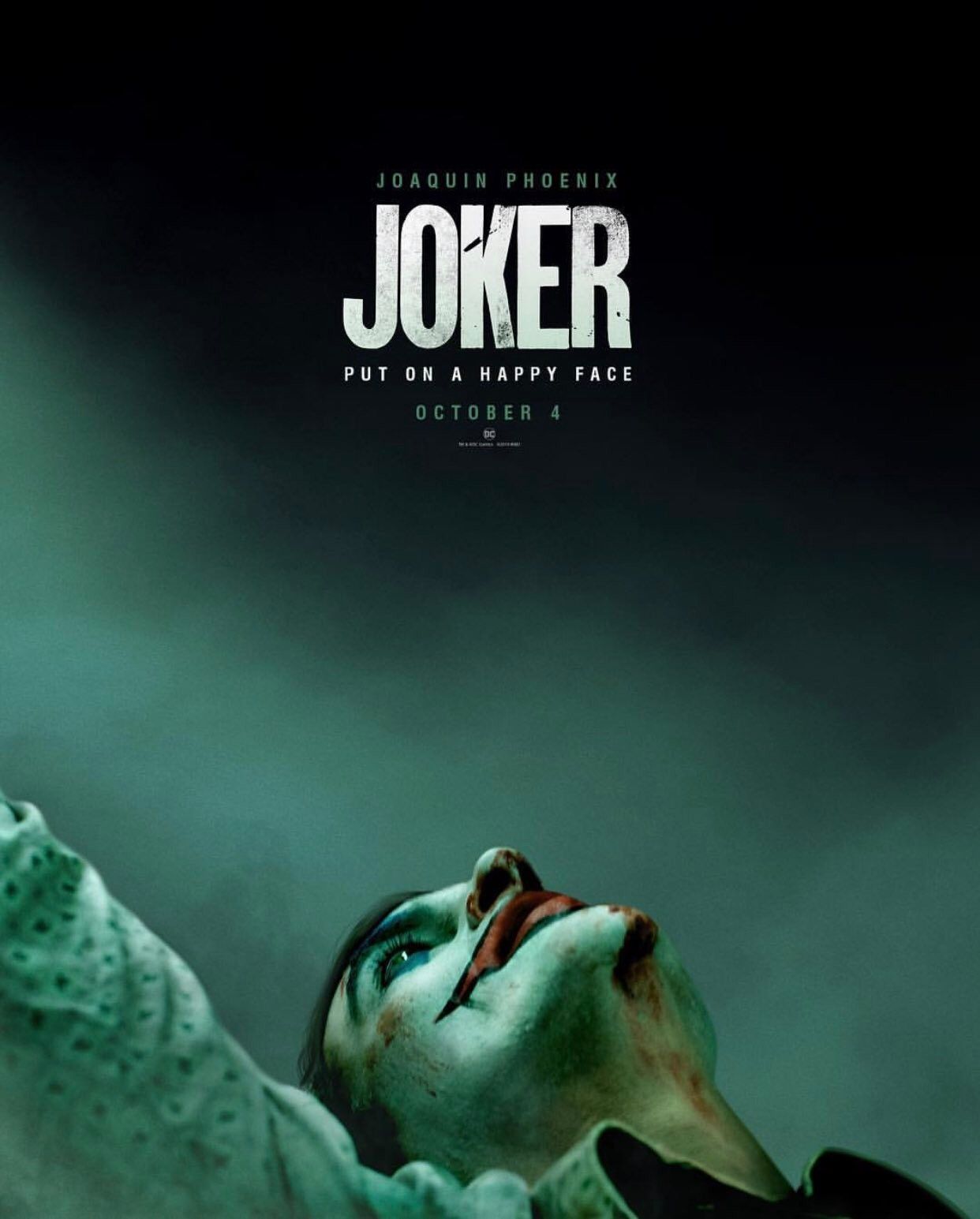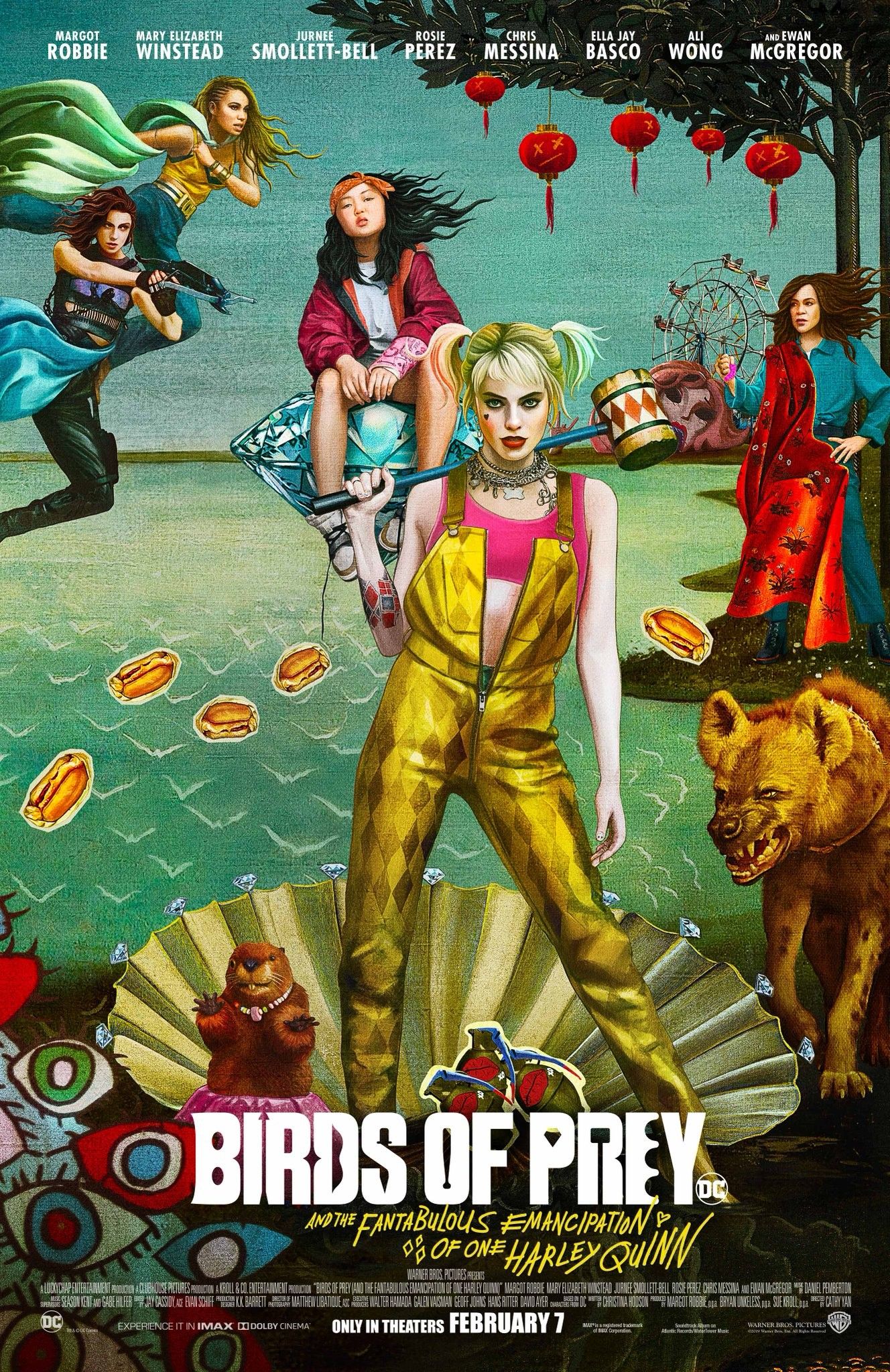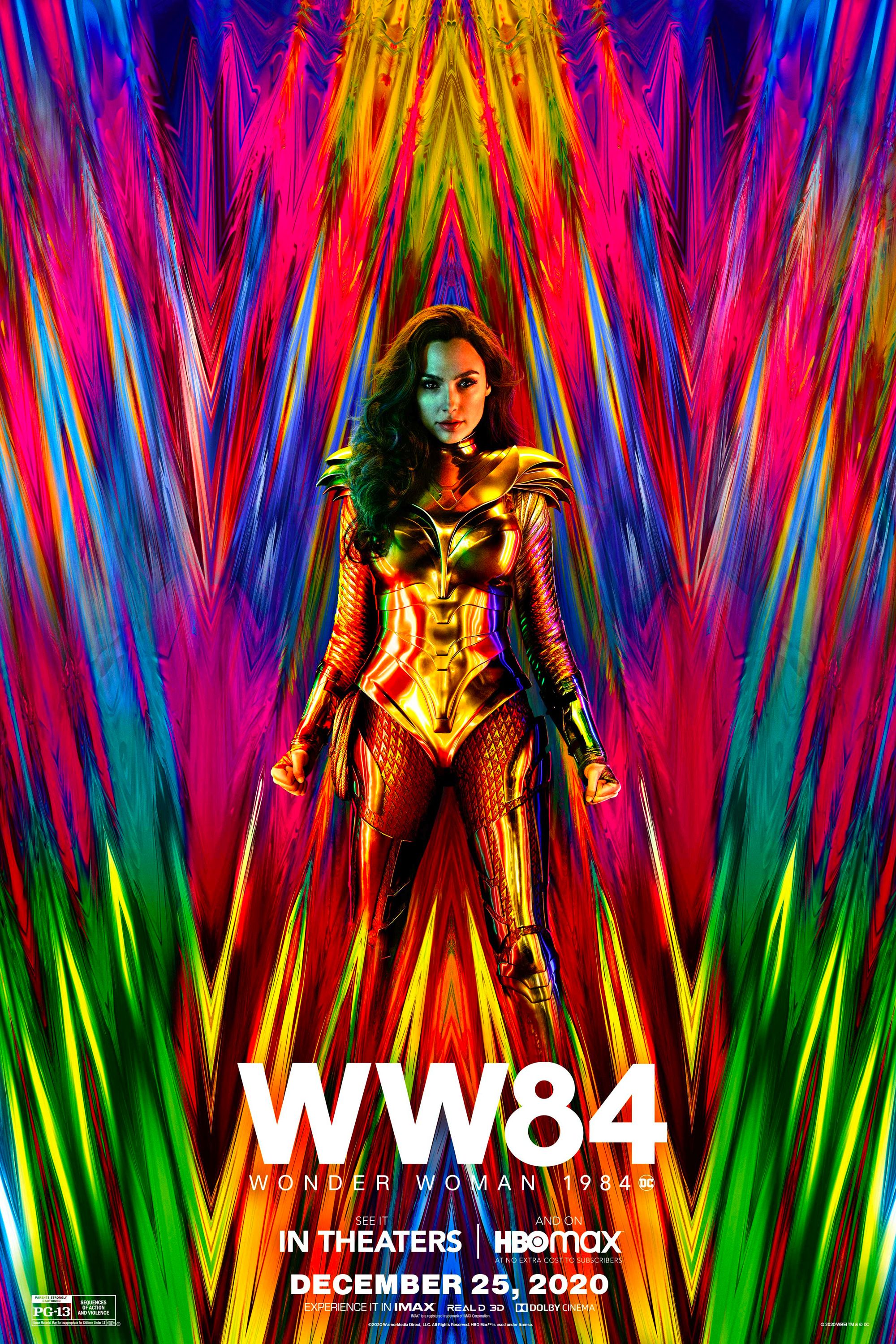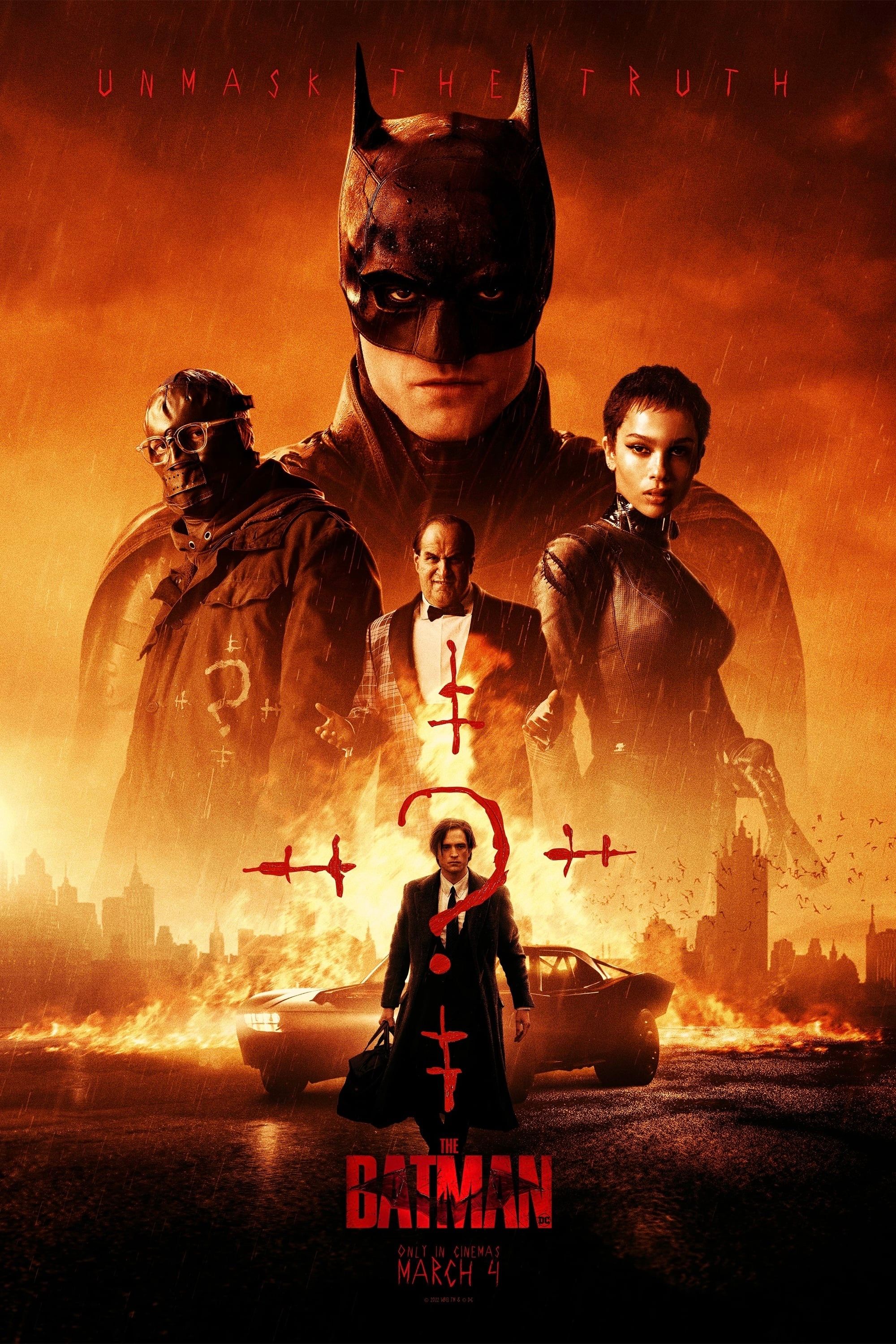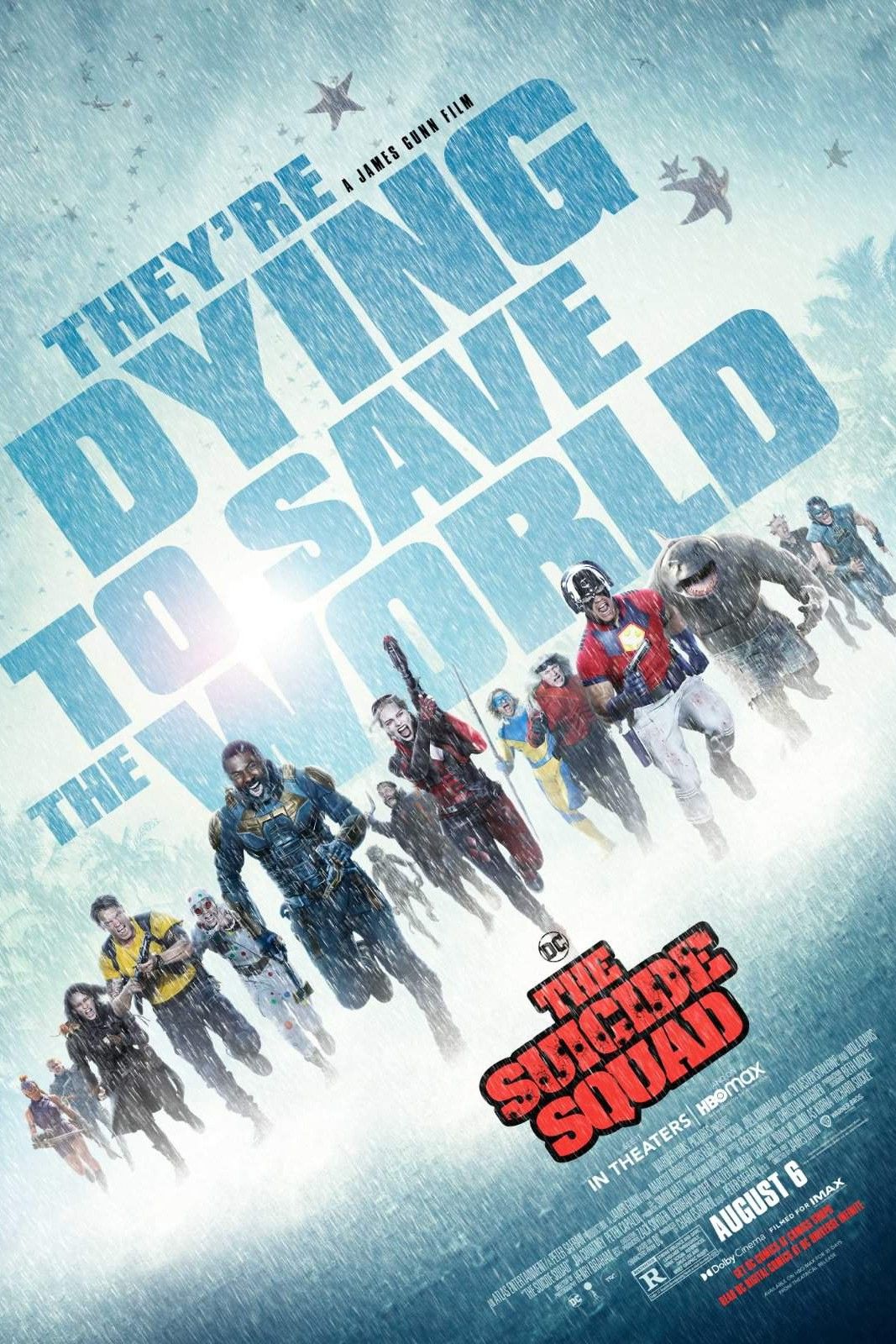The DCEU has changed shape dramatically since the first slate was announced in 2014. By 2011, Warner Bros. had come to the conclusion that a superhero shared universe was a surefire winner. It made sense; the Marvel Cinematic Universe was a blockbuster hit, and unlike Marvel, Warner Bros. still retained the film rights for all their most famous heroes. Warner Bros. execs were captivated by the idea of crossovers featuring big-name superheroes like Batman and Superman.
All eyes turned to Green Lantern, starring Ryan Reynolds as the titular hero. It was an ambitious movie, with potential for a sequel and a cameo from Amanda Waller from Suicide Squad (later played by Angela Bassett). Unfortunately, Green Lantern proved to be a box office bomb, slated by critics for a checklist story and with unconvincing CGI. Warner's first attempt at a shared universe failed, and Green Lantern is nowadays only remembered as the film mocked in the after-credits of Deadpool 2. Even DC seemed amused at that, joining in with the fun on social media.
Related: The DCEU Is Dead, Long Live The DCEU
But another superhero film was already in the works: Zack Snyder's Man of Steel. And if Green Lantern was aiming for the moon, Man of Steel hoped to reach the stars. Warner Bros. pivoted, and Snyder's ideas for Man of Steel became the foundation of the DC Extended Universe. In 2014, Warner Bros. was ready to announce a full slate, long before Batman V Superman: Dawn of Justice was going to release and truly set the stage for the shared universe's future.
- This Page: The DCEU's Original Slate & What Changed
- Page 2: What's The DCEU's New Slate?
The DCEU's Original Slate
In 2014, Warner Bros. confirmed expected release dates for DCEU movies that ran all the way through to 2020. They initially didn't give titles for all of these, but many details were penciled in over the next two years; it was only later that the full slate was revealed, and here's what it looked like:
- Man of Steel - June 10, 2013
- Batman V Superman: Dawn of Justice - July 17, 2015/May 6, 2016
- Suicide Squad - August 5, 2016
- Wonder Woman - June 23, 2017
- Justice League Part I - November 17, 2017
- The Flash - March 23, 2018
- Aquaman - July 27, 2018
- Shazam! - April 5, 2019
- Justice League II - June 14, 2019
- Cyborg - April 3, 2020
- Green Lantern Corps - June 19, 2020
Related: Snyder's Justice League Trilogy Plan: What Kevin Smith Got Right (& Wrong)
At the heart of the DCEU was a five-film plan by Zack Snyder, which may have involved Man of Steel 2 but more likely ran through a rumored Justice League Part III. Snyder had a full arc plotted out, and it's easy to spot scenes that were intended as setup, such as the Knightmare sequence or the crosses at the end of the Doomsday battle. At first the signs were promising that Warner Bros. would pull this off; David Ayer signed up for Suicide Squad in September 2014, writing a script in just six weeks because the film already had a release date. But then things began to change.
What Changed On The DCEU's Slate
That was the initial slate, and the first few DCEU movies all landed pretty much on schedule. But the popular and critical reception to Batman V Superman led Warner Bros. to reconsider Snyder's five-film arc, with Justice League becoming a standalone that resurrected Superman and wrapped up the story. The sequels appear to have been completely ditched, with Wonder Woman director Patty Jenkins recently saying she thinks there need to be a lot more solo films before DC tries a team-up movie again. She's probably right.
In 2015, Warner Bros. announced that Ben Affleck would write, direct, and star in The Batman, but he's gradually pulled back from the DCEU, with Matt Reeves taking over as writer and director; Warner Bros. is currently looking for a new Batman. Meanwhile, other Justice League spinoffs have found themselves delayed, with even Aquaman pushed back a little. The Flash and Cyborg are currently in development hell and don't even appear on the current slate. At the same time, though, the studio has pivoted to push a number of new entries; sequels to Suicide Squad and Wonder Woman, and a spinoff starring Margot Robbie's Harley Quinn, in particular. Surprisingly, projects starring lesser-known heroes like Aquaman and Shazam have become a priority, even as the A-list superheroes dropped off Warner's radar.
Page 2 of 2: What Is The New DCEU Slate?
The New DCEU Release Date and Schedule
The current DCEU slate looks very different to the one announced back in 2014, and that's understandable; things change, but it's the behind the scenes reaction to these changes that caused fans to worry. But needless to say, the DCEU is very much on track to continue pushing out movies relatively quickly, after taking more than a year break between Justice League and Aquaman.
- Man of Steel - June 10, 2013
- Batman V Superman - March 20, 2016
- Suicide Squad - August 1, 2016
- Wonder Woman - June 2, 2017
- Justice League - November 13, 2017
- Aquaman - December 21, 2018
- Shazam! - April 5, 2019
- Birds of Prey - February 7, 2020
- Wonder Woman 1984 - June 5, 2020
- The Batman - June 25, 2021
- The Suicide Squad - August 6, 2021
Related: All 29 Upcoming & In-Development DC Films
While Snyder can rightly take credit for casting the likes of Jason Momoa as Aquaman and Gal Gadot as Wonder Woman, the fact remains that his entire plan has been ditched. Instead, Warner Bros. is taking a completely different approach.
Justice League Forced The DCEU To Change
Everything changed with Justice League, which was always destined to be a problem child for WB. Production began before the studio had even begun to absorb the disappointing reception of Batman V Superman, and WB attempted to pivot while it was still being shot. As a result, the script was drastically rewritten, and Joss Whedon ultimately took over from Snyder. The result was a Frankenstein's Monster of a film, lacking a cohesive narrative, and Justice League grossed under $700 million worldwide.
Both Henry Cavill and Ben Affleck seem to have been badly burned by this. There were recurring rumors that Affleck wanted out as Batman ASAP, and his commitment to The Batman seemed to shift depending on the month; he finally left the project in January 2019. There have been similar reports about Cavill, although Cavill insists he's sticking around; still, it's notable that no Superman film is on the slate right now. Of the much-vaunted DC Trinity, only Gal Gadot's Wonder Woman still stands strong, and that's largely because her solo film was pretty much unconnected to Snyder's vision (despite being a product of it). Naturally, all this behind-the-scenes drama has an impact on the slate.
Related: How Aquaman Corrected The DCEU's Marketing Mistakes
Interestingly, WB seems to have responded to the failure of the Snyder model by choosing to take a more experimental approach to building their shared cinematic universe. Where the original slate were all four-quadrant tentpoles, the current slate includes the likes of Birds of Prey, expected to have a smaller budget and potentially an R-rating. Diversity has become a mainstay of the DCEU, and both 2020 movies are female-led. The studio is eschewing tried-and-tested - and potentially overused - brands in favor of characters who've never appeared on the big screen before, with Aquaman proving that approach can pay off.
Continuity has become less of a focus as well; Aquaman contained only a single reference to the events of Justice League, and it looks as though Shazam! will follow suit, while Wonder Woman 1984 and The Batman won't even be set in the present-day DCEU. James Gunn is working with a whole new team on The Suicide Squad, meaning he doesn't have to worry about continuity. Oddly enough, Justice League appears to have given WB the confidence to play around with the typical shared universe model. As a result, while the early DCEU struggled to find a firm footing, the future looks a lot more secure.

